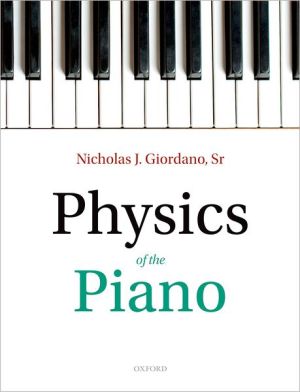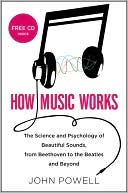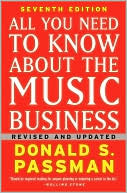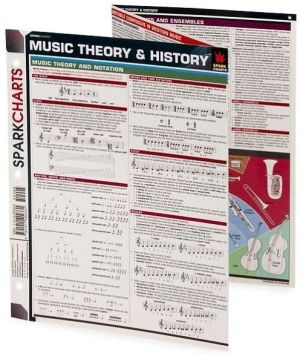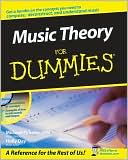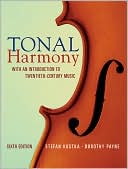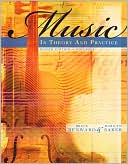Physics of the Piano
Why does a piano sound like a piano? A similar question can be asked of virtually all musical instruments. A particular note - such as middle C - can be produced by a piano, a violin, a clarinet, and many other instruments, yet it is easy for even a musically untrained listener to distinguish between these different instruments. A central quest in the study of musical instruments is to understand why the sound of the "same" note depends greatly on the instrument, and to elucidate which...
Search in google:
Why does a piano sound like a piano? A similar question can be asked of virtually all musical instruments. A particular note - such as middle C - can be produced by a piano, a violin, a clarinet, and many other instruments, yet it is easy for even a musically untrained listener to distinguish between these different instruments. A central quest in the study of musical instruments is to understand why the sound of the "same" note depends greatly on the instrument, and to elucidate which aspects of an instrument are most critical in producing the musical tones characteristic of the instrument. The primary goal of Physics of the Piano is to investigate these questions for the piano. The explanations in this book use a minimum of mathematics, and are intended for anyone who is interested in music and musical instruments. At the same time, there are many insights relating physics and the piano that will likely be interesting and perhaps surprising for many physicists.
1. Introduction2. Waves and sound3. Making a musical scale4. Why the piano was invented: A little history5. Vibrating strings6. Hitting strings with hammers7. The soundboard8. Connecting the strings to the soundboard9. Evolution of the piano10. Psychoacoustics: How we perceive musical tones11. The magic of Steinway12. What physics can and cannot teach us about music and musical instruments
\ From the Publisher"In just over 150 pages, Physics of the Piano manages to deliver remarkable depth for a text aimed at a broad audience - anyone who is interested in understanding how and why the piano was invented, how it evolved, and how different parts of the instrument contribute to the sound it produces. [EL] I highly recommend Physics of the Piano. It is an accessible introduction to many standard and some esoteric principles involved in creating the piano sound. I intend to use it as a reference for my general-education class offered in the honors program at Indiana State University." -- Uwe Hansen, Physics Today, April 2011\ \ \
